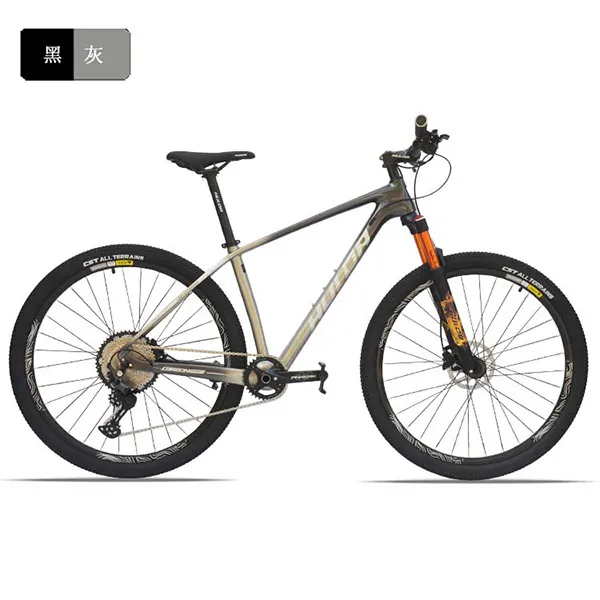
- Afrikaans
- Albanian
- Amharic
- Arabic
- Armenian
- Azerbaijani
- Basque
- Belarusian
- Bengali
- Bosnian
- Bulgarian
- Catalan
- Cebuano
- Corsican
- Croatian
- Czech
- Danish
- Dutch
- English
- Esperanto
- Estonian
- Finnish
- French
- Frisian
- Galician
- Georgian
- German
- Greek
- Gujarati
- Haitian Creole
- hausa
- hawaiian
- Hebrew
- Hindi
- Miao
- Hungarian
- Icelandic
- igbo
- Indonesian
- irish
- Italian
- Japanese
- Javanese
- Kannada
- kazakh
- Khmer
- Rwandese
- Korean
- Kurdish
- Kyrgyz
- Lao
- Latin
- Latvian
- Lithuanian
- Luxembourgish
- Macedonian
- Malgashi
- Malay
- Malayalam
- Maltese
- Maori
- Marathi
- Mongolian
- Myanmar
- Nepali
- Norwegian
- Norwegian
- Occitan
- Pashto
- Persian
- Polish
- Portuguese
- Punjabi
- Romanian
- Russian
- Samoan
- Scottish Gaelic
- Serbian
- Sesotho
- Shona
- Sindhi
- Sinhala
- Slovak
- Slovenian
- Somali
- Spanish
- Sundanese
- Swahili
- Swedish
- Tagalog
- Tajik
- Tamil
- Tatar
- Telugu
- Thai
- Turkish
- Turkmen
- Ukrainian
- Urdu
- Uighur
- Uzbek
- Vietnamese
- Welsh
- Bantu
- Yiddish
- Yoruba
- Zulu
Oct . 13, 2024 03:50 Back to list
how to fix a mountain bike gear shifter
How to Fix a Mountain Bike Gear Shifter
Mountain biking is an exhilarating experience, but it can be frustrating when your gear shifter isn’t functioning correctly. Whether you’re facing issues with shifting gears, skipping, or complete failure to change, these problems can dampen your ride. Fortunately, with some basic tools and knowledge, you can troubleshoot and fix a faulty mountain bike gear shifter.
Tools You Will Need
Before getting started, gather the necessary tools - Allen wrenches (usually 4mm, 5mm, and 6mm) - Screwdriver (Phillips or flathead, depending on your components) - Chain lubricant - Bike repair stand (optional but helpful)
Step 1 Inspect the Shifter and Cables
Begin by visually inspecting the shifter and cables. Look for any signs of damage or wear. Check the cables for fraying or kinks, which could indicate that they need replacement. If the cables are in good condition, ensure they are properly adjusted and seated within the shifter and derailleur.
Step 2 Adjust the Cable Tension
If your bike is experiencing skipping or lagging when shifting, you may need to adjust the cable tension. Locate the barrel adjuster on your shifter or derailleur. Turning this adjuster counter-clockwise will increase the tension, while turning it clockwise will decrease it. Make small adjustments and test the shifting after each change. Ideally, you want smooth transitions between gears without hesitation or noise.
how to fix a mountain bike gear shifter

Step 3 Align the Derailleur
A misaligned derailleur can lead to poor shifting performance. To check alignment, place the bike in a stand or flip it upside down. Shift to the smallest chainring and the smallest rear cog. Look at the derailleur and ensure it is parallel to the cassette. If it appears bent or out of line, gently adjust it back into place. Use the limit screws (marked as H for high and L for low) to ensure the derailleur doesn’t shift beyond the limits of the chainrings and cogs.
Step 4 Clean and Lubricate the Components
Dirt and grime can significantly affect shifting performance. Use a clean cloth to wipe down the shifter and derailleur. Apply a suitable bike lubricant to the cable and the pivot points of the derailleur. Ensure that you don’t over-lubricate, as excess lubricant can attract dirt.
Step 5 Test the Shifting
Once you’ve made your adjustments, take your mountain bike for a test ride. Shift through all the gears, simultaneously listening for any strange sounds and feeling for smooth transitions. If any issues persist, you may need to return to the adjustments you made or consider replacing worn-out components.
Conclusion
A malfunctioning gear shifter can quickly derail your mountain biking experience. However, by following these steps, you can diagnose and fix most shifting issues. Regular maintenance and inspections are key to prolonging the life of your gear shifter and ensuring a smooth ride. Remember, if you’re ever uncertain or the problems persist, don’t hesitate to consult a professional bike mechanic for help. Happy riding!
-
The Ultimate Kids' Four-Wheeler Experience
NewsJul.09,2025
-
The Ultimate Guide to Mountain Bikes: Gear Up for Your Ride
NewsJul.09,2025
-
The New Age of Cycling: Electric Bikes for Every Rider
NewsJul.09,2025
-
The Best Kids Bicycles: Ride in Style and Safety
NewsJul.09,2025
-
The Best 3-Wheel Scooters for Kids: Fun, Safety, and Adventure
NewsJul.09,2025
-
Revolutionize Your Ride: Affordable Electric Bikes
NewsJul.09,2025
-
Finding the Perfect Mountain Bike for Every Rider
NewsJul.09,2025



